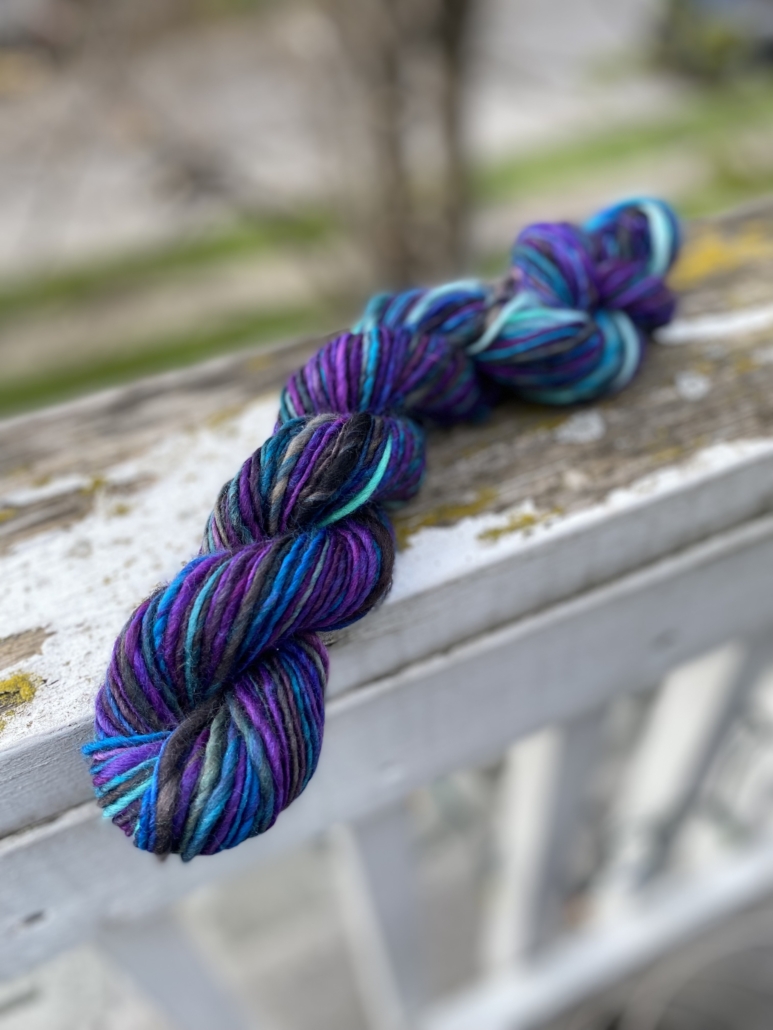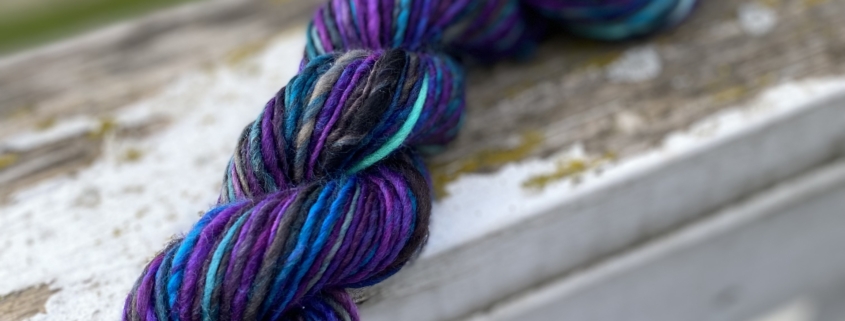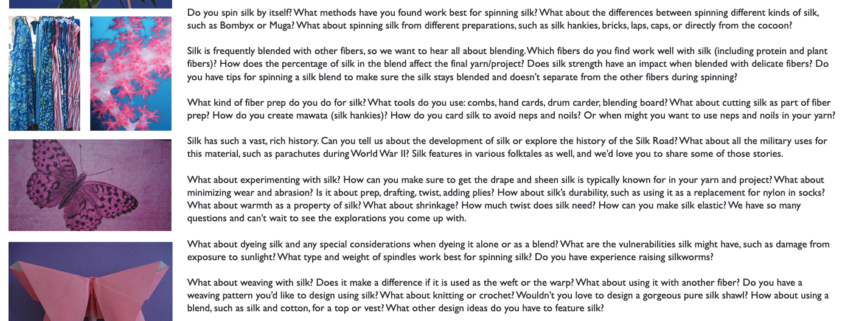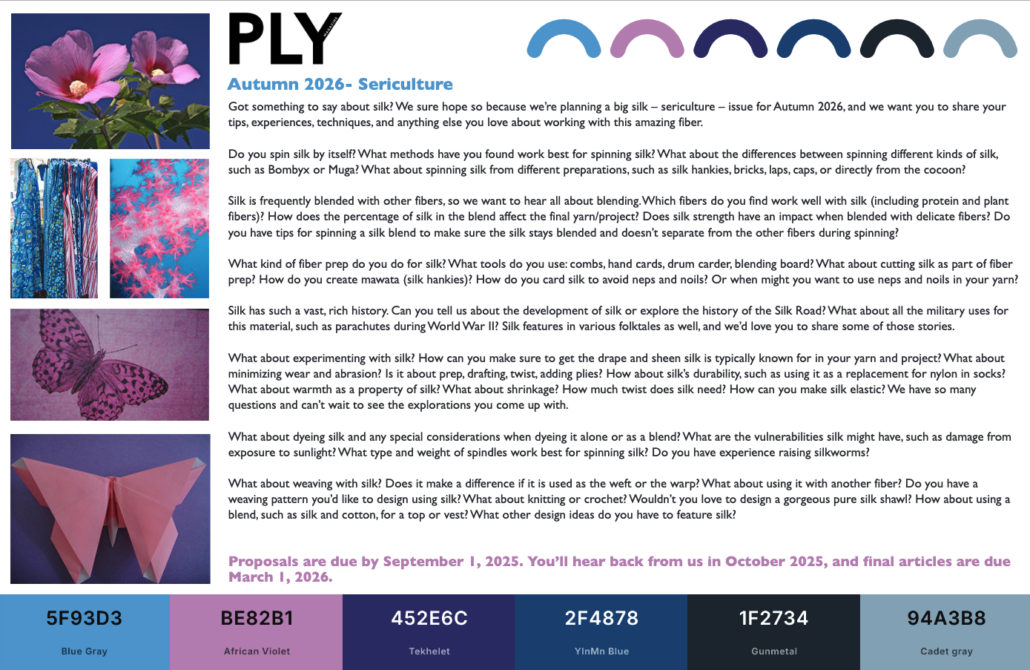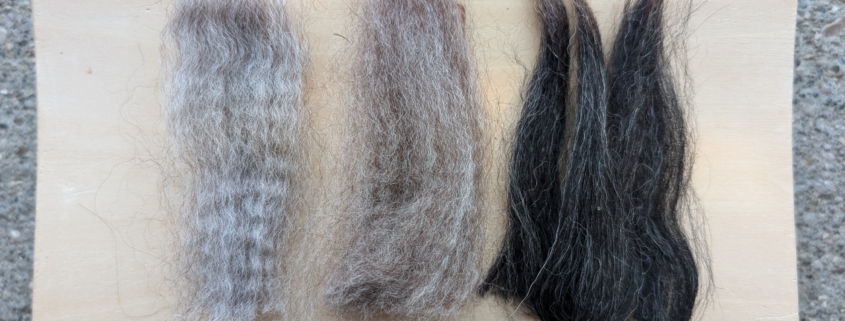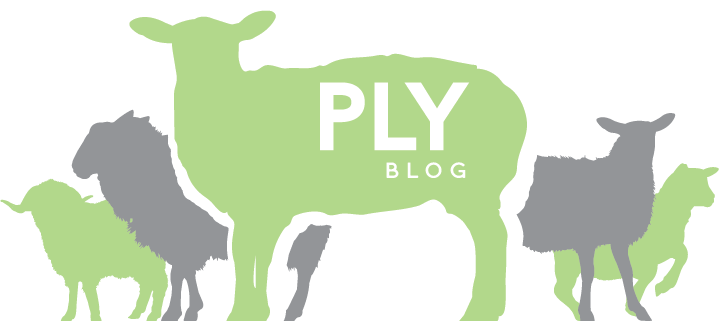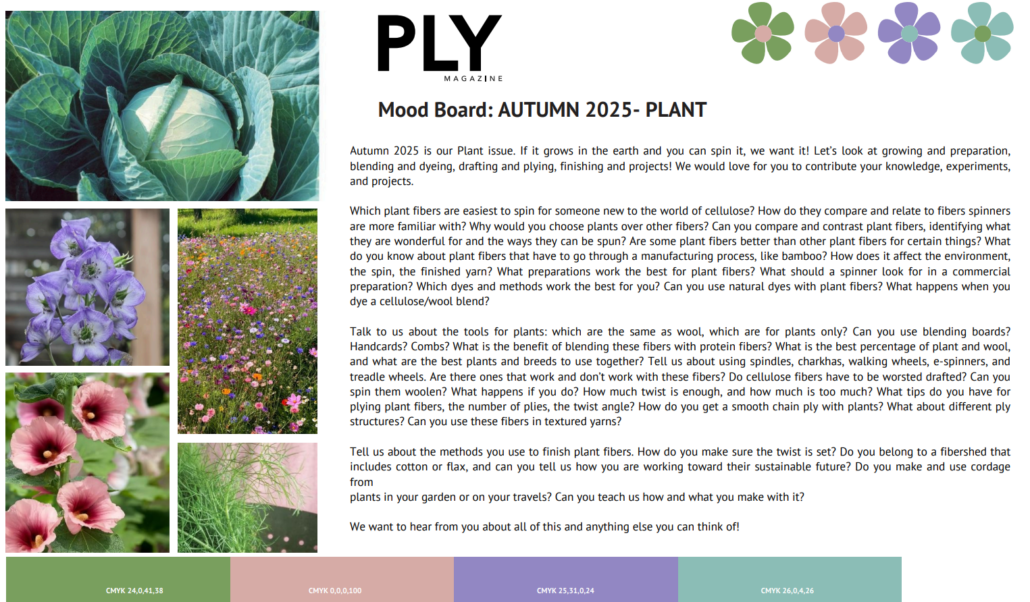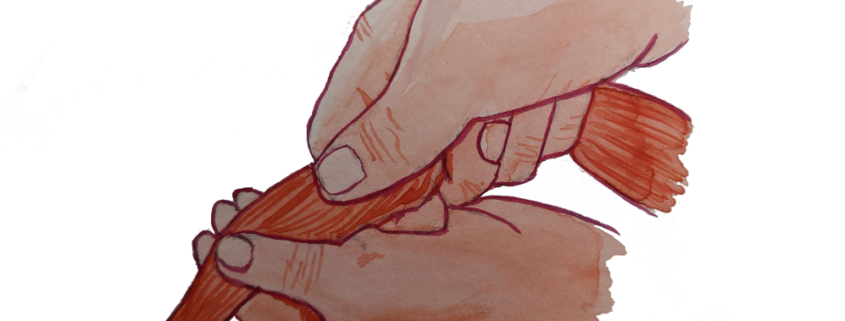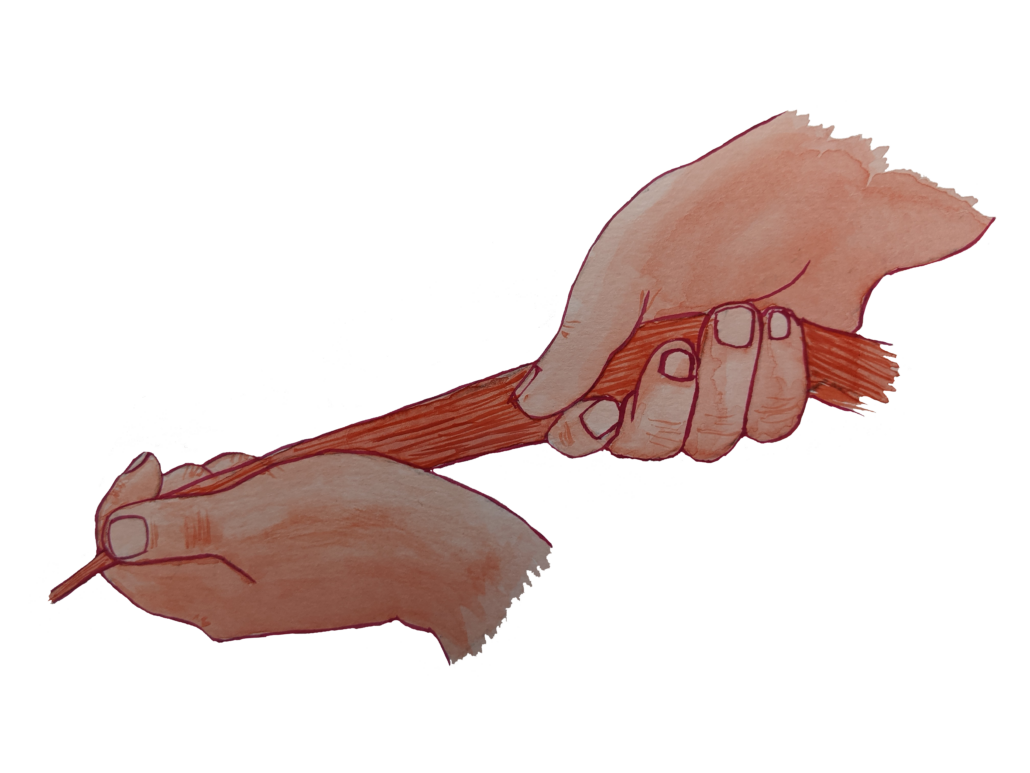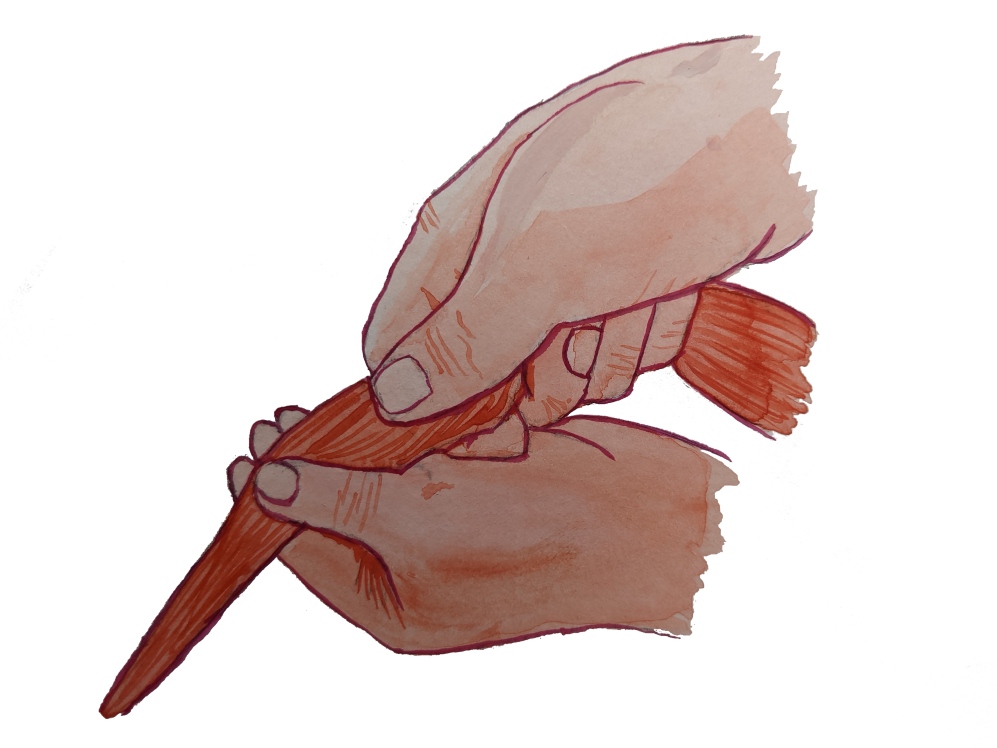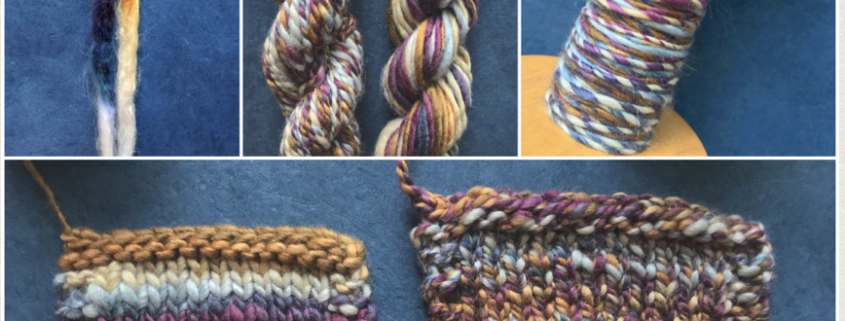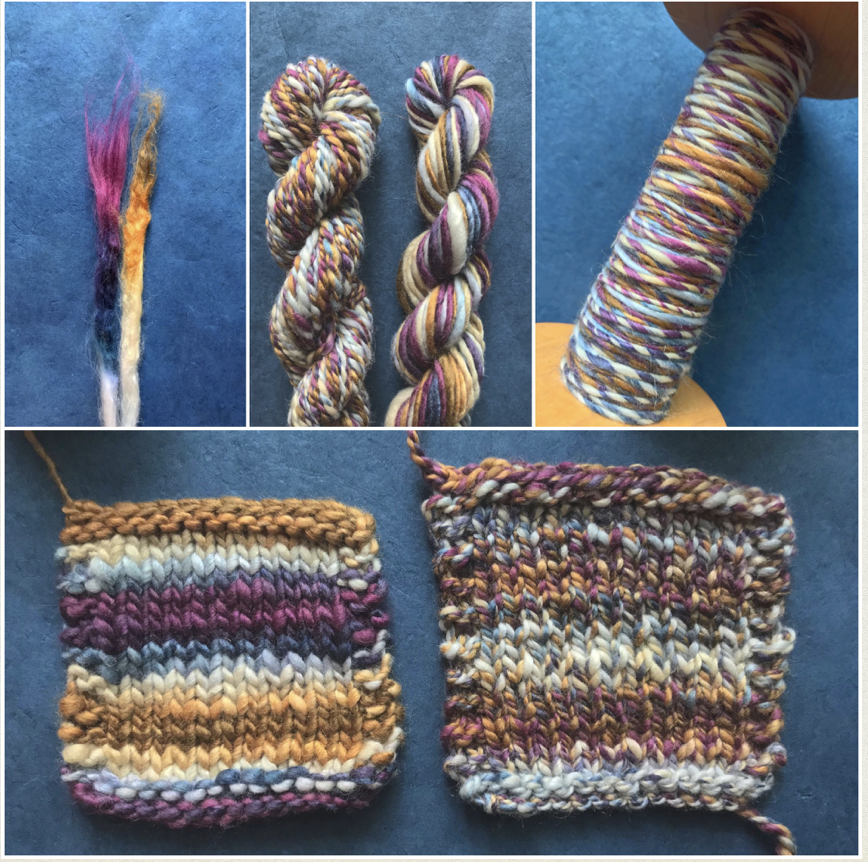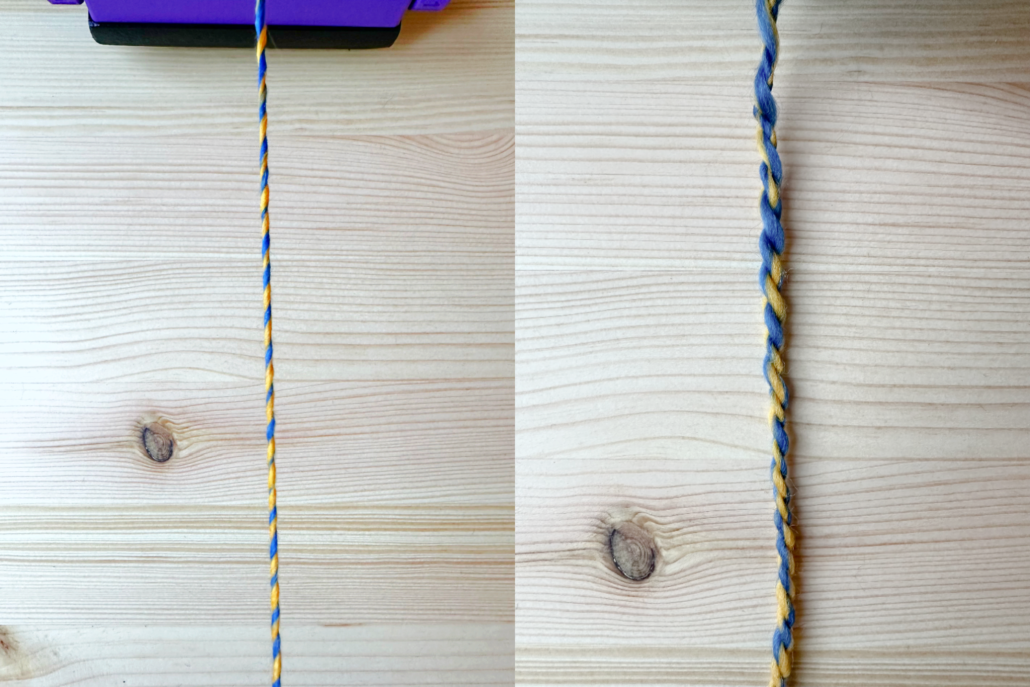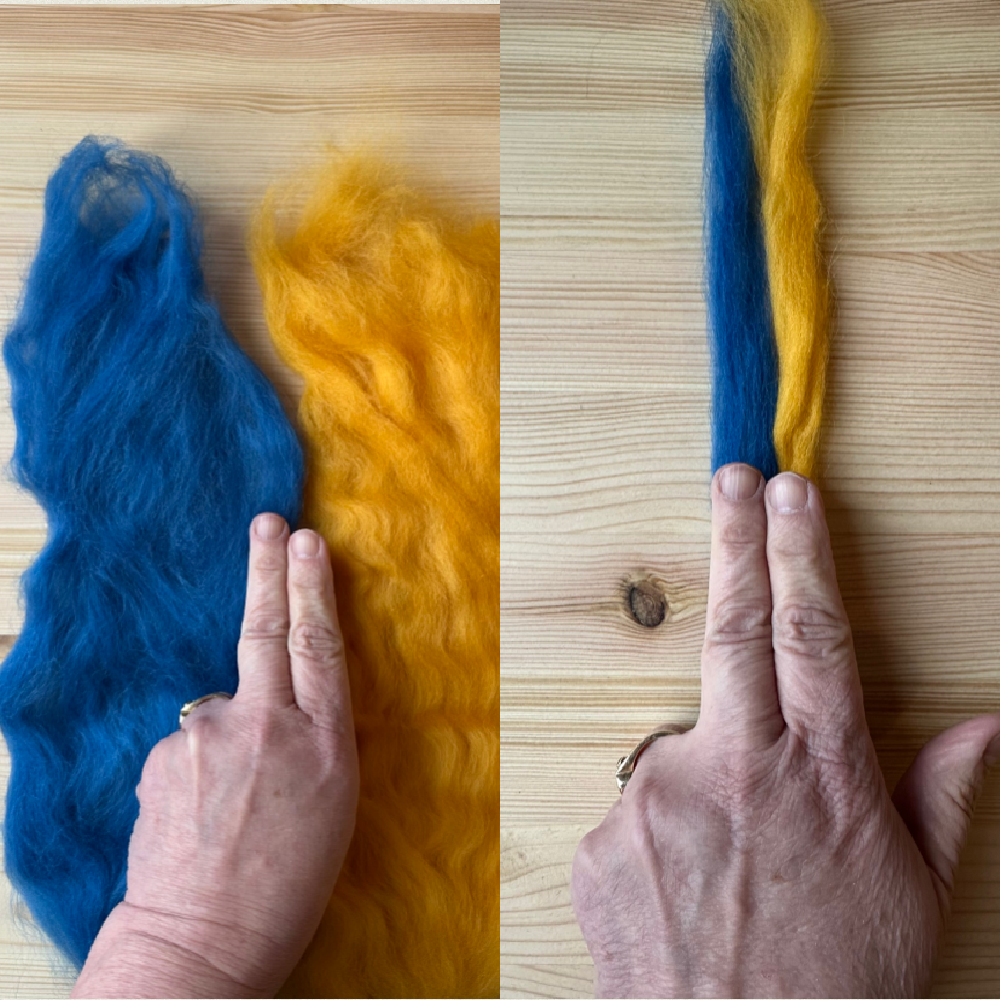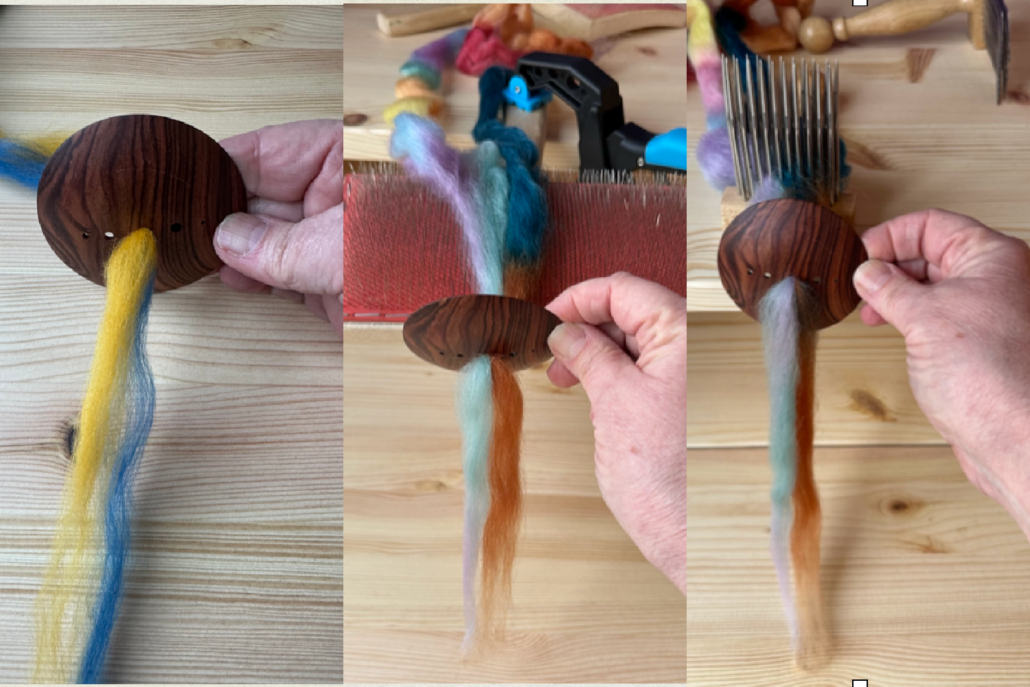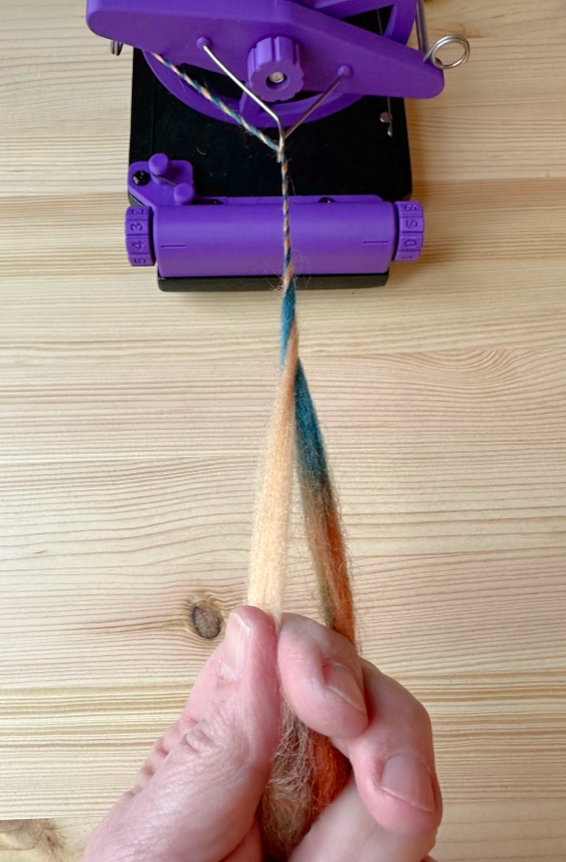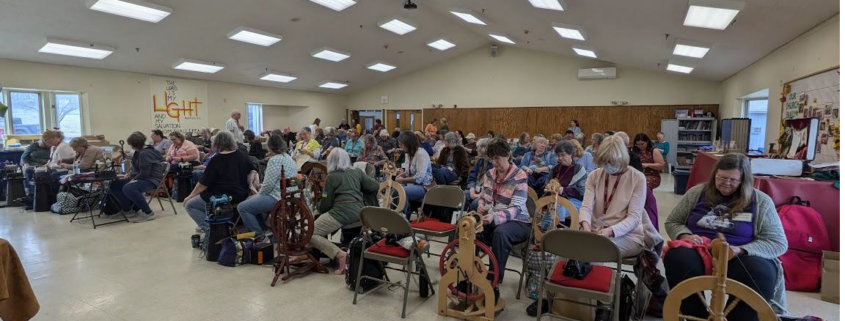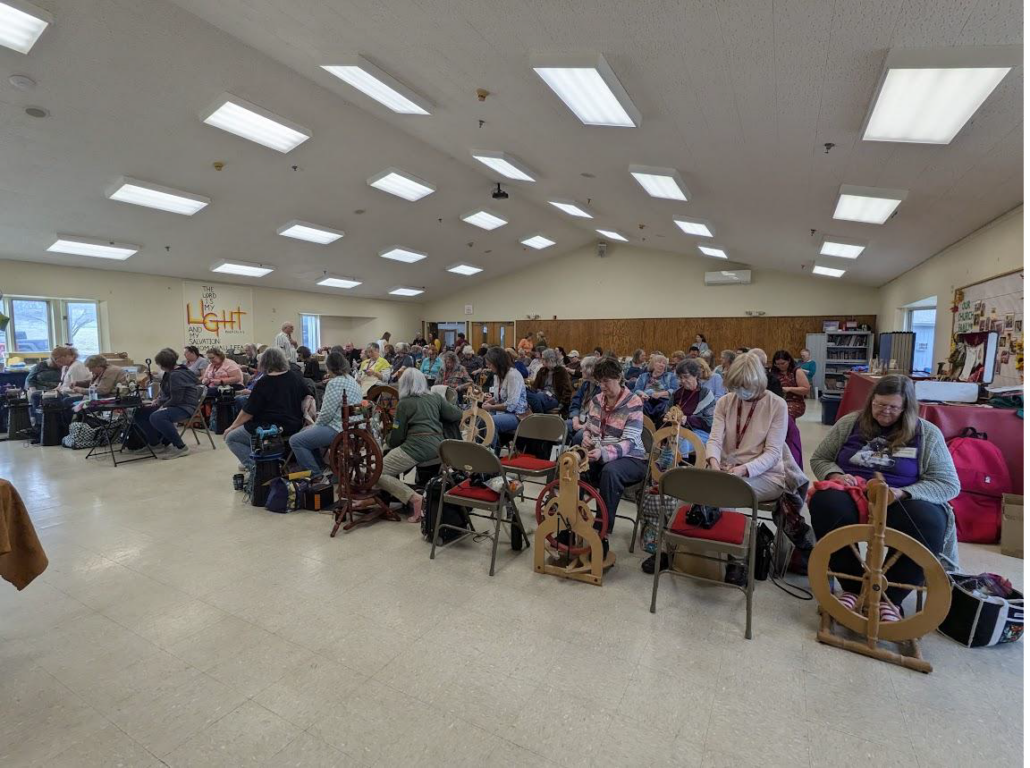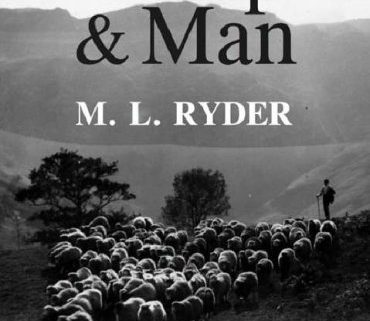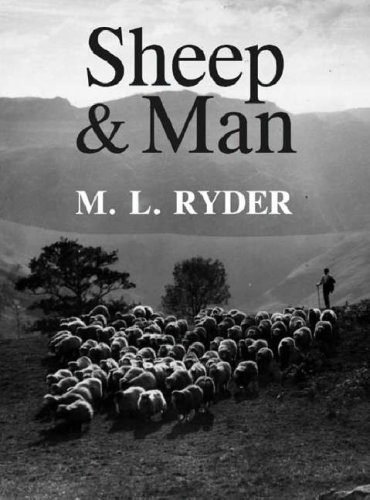Spinning in the Dark
by Tracy Murphy
In the dark, we find ourselves anew. Have you ever woken in the middle of the night reaching out, maybe for a light on your nightstand, your phone, a pet, your partner? As we reach we rely on our touch, the familiarity of the object in question. I have reached out for my dog, Purl, in the early hours of the morning, sunlight still far away, anticipating the cool wet of her nose or the soft velvet of her underbelly only to find cat whiskers or my spouse’s cotton shirt. Sometimes I turn and take in the soothing fragrance of my love, fast asleep beside me. Sometimes the dark can give surprising and unanticipated delights. Sometimes the night brings us silhouettes undefined. We learn to lean into this when light is simply not an option. I think of Pride in these terms currently. It is not with stupendous, glorious light that I find and celebrate Pride, but I feel it in unknown terms – in the dark. So I found myself curious, as a fiber artist: what would happen if I took my wheel out and spun in the dark? This article explores spinning in the dark as a fiber artist and queer person in unknown times. It is a meditation and an exploration of what we find when we rely on our senses and on the things we know to be true in our instinct and our gut and our deep reliance on the Knowing of ourselves and how that fits into our own small world when the wider world is increasingly dark.
Spinning in the Dark. Where do I begin? Well, it starts with me. If you are anything like me, you may be someone who likes to have a sense of control. Control is comfort, and I can anticipate what the entire process is going to be like and how all of my variables will respond and interact. I have a plan and I am the captain of said plan. And, of course, with this comes the inevitable truth that there are (more often than I care to admit) times where I simply cannot have control. Surrender is a scary thing. Spinning in the Dark is a complex and nuanced practice. Both things I find to be deeply uncomfortable. What happens, however, when the uncomfortable truths of reality are matched with our ability and aptitude? Surely this is the magical, liminal space in which more of us should practice? As much as I find comfort in the black and white binary, Spinning in the Dark is a concept of leaning into this Something. And so I begin.
First up, I need a spinning wheel. This is the easy part and does require some prep in the light. I think of this as another body of the practice. It is grounded, literally, to the floor. I have the legs, known to us spinners as the treadles, and the body, and the head with the bobbin ready to go. It is here, in this moment, that I know the lights must go down. I switch the flip with a breath of courage. I sit down with the wheel in front of me and before any formal experiment begins, I take a moment to arrive. It is dark now. I feel my body’s weight on the couch, hear the cats playing with goodness knows what in the kitchen. Where is Purl, anyway? A ton of thoughts come swimming my way. Right. Grab some fiber from the basket nearby. I feel the roving, not knowing which I grabbed. The basket is full of bits and bobs, long lengths of different roving, and some roving I have yet to spin, a deep green if memory serves me right. I let my hands explore and begin to pre-draft just a bit. I can sense the fiber is perhaps a bit tough to begin with and so the pre-drafting feels like a good idea. I close my eyes and think about the feeling of wool between my fingers. Warm. Bouncy. I have been spinning for so long that this feels pretty normal, pretty familiar. Isn’t it interesting that such a niche concept feels normal? It’s not really something I think about in my daily life, whether I am in the light or dark. It just is. Hm. My queerness is not too different from this. It is simply part of the process of being me. Once the drafting is done, from what I can tell, I feel around for the shaft of the bobbin, making sure (and praying) I kept a leader yarn on there. To my delight, there is one. I feel for the rest of the bobbin, making sure the tensioning is how I want it, and feed the leader through the orifice. This is the moment I will begin my spin. I tend to spin to the left and ply to the right, so I give my wheel a bit of a turn with my hand and off we go. My roving doesn’t quite connect to the leader on the first go. Not enough twist, I suspect. I’m instantly discouraged, knowing that I need to start this process over again already. I am thinking about the article for the blog, thinking about how there are so many disappointments. Damn. You can do this. I self-talk my way through this again. This time I spin a little more, slowly give the leader and roving a pinch to make sure it’s a cohesive and strong join. Join. Connection. This is the part that gets me briefly. This is where all of it begins. It is impossible to have a sturdy yarn without this join. Connection is everything. I feel the goodness of this and also how the void of connection feels so…horrible. So isolating. And what is it about this isolation that feels so damning? And what does it mean to have this isolation as a queer person? For me, there is a loneliness in being different, even within my LGBTQ community, let alone from the powers that be. If only the light were on. And yet…
I start to treadle regularly and it takes a few minutes, but then I find myself listening to the gentle whirl of the wheel of my Ashford Kiwi 2. I have had this wheel for over a decade and it has been with me through so much – college, a marriage, a master’s degree, presidential elections, a divorce, COVID-19 lockdown, getting married again, mothering, moving to two different states, losing my Grampy, health scares, teaching spinning classes – so much life. It is astounding, really, what my wheel has witnessed and survived. And that is really the thing about our spinning that stops me in my tracks. It goes where we go. It spins how and where and when we spin. It is a craft that is unique to us makers because its very concept is to be what we desire. In the dark, I feel the yarn coming out of the orifice. Is it lumpy? Thick and thin? I am overwhelmed with the feel. It feels like my regular default yarn, usually a DK-ish single. Impressed with myself, I carry on. My feet are warm against the treadles. The cats are still doing whatever the heck they are doing. I haven’t a clue how long I have been at it. It could be fifteen minutes. It could be more. I doubt it’s any less.
The soothing motions of spinning remind me of a few things: Even in the dark, I have multitudes of experience. I am more than what any government or administration says I am. I am my past self, my future self, and solidly my present self. It is nearly impossible to not be present when spinning. It requires a certain amount of here and now that is hard to challenge. This is especially true in the Dark. Even without light, especially without light, I see this brightly. No amount of light or dark changes who I am even if the motions feel uncomfortable, new, or challenged. I trust myself to know the steps and surrender to the changes at hand. So too, in this time of darkness in the world, we must know ourselves and continue to make and push forward, knowing that we have more control than perhaps we thought at first. And the control we don’t have? We surrender and adapt. We make changes where we can and make beauty and connect where we are able.
This is the conclusion of Spinning in the Dark and the conclusion is perhaps sweeter than any dawn. It is the inevitable truth that is available to us in any time and in any circumstance: we are here and will forever be making our own truth. Onward with our draft and introducing twist to our material – crafting authenticity at all hours of day and night.
